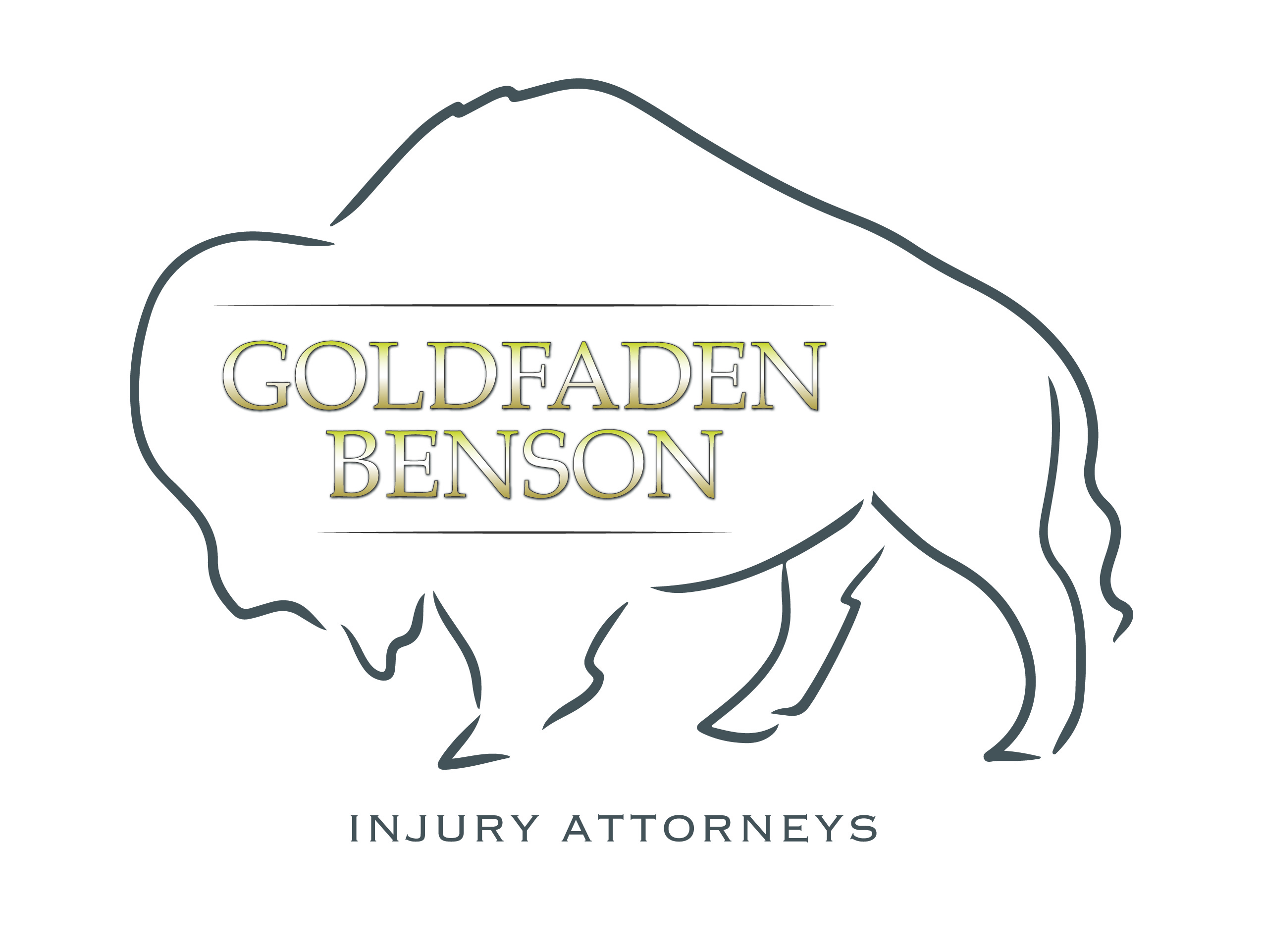Understanding the Elements of Negligence in Personal Injury Cases
When you think about accidents, your mind might jump to the moment things went wrong. But in the eyes of the law, especially in personal injury cases, what matters is whether someone else acted negligently—meaning they didn’t act as a reasonable person would have acted in similar circumstances, leading to your injury.
What is Negligence?
In personal injury law, negligence is a central concept. It occurs when a person's failure to use reasonable care causes damage or injury. It often involves car accidents, slip and fall incidents, or medical mistakes. But negligence doesn't just mean someone was careless; it has specific legal elements that must be proven for a case to succeed.
The Four Essential Elements to Prove Negligence
To win a negligence case, a plaintiff—meaning the person filing the lawsuit—must prove four key elements:
1. **Duty of Care**: The defendant (the person being sued) must have had a legal obligation to act in a way that protects others from foreseeable harm. For instance, drivers have a duty to follow traffic laws, ensuring everyone on the road stays safe.
2. **Breach of Duty**: This is where things get specific. The plaintiff must show that the defendant failed to meet that duty. For example, if a driver runs a red light, they have breached their duty of care to other drivers.
3. **Causation**: The plaintiff needs to connect the defendant’s breach of duty directly to their injury. This is often divided into two types:
- **Actual Cause**: The injury wouldn’t have occurred without the defendant's actions (for example, an injury from a car crash caused by a reckless driver).
- **Proximate Cause**: The injury must be a foreseeable result of the breach. If a person throws a baseball into a crowd and hits someone, that injury might be considered foreseeable.
4. **Damages**: Finally, the plaintiff must show that they suffered actual harm due to the breach. This could include physical injuries, emotional distress, or financial losses from medical bills and lost wages.
Real-Life Example
Imagine a scenario where someone slips on a wet floor in a grocery store. Here’s how the elements play out:
- **Duty of Care**: The store has a duty to keep the premises safe for customers.
- **Breach of Duty**: If the store did not put up warning signs and failed to clean up the spill in a timely manner, it’s considered a breach.
- **Causation**: The slip directly results from the store's failure to act.
- **Damages**: If the person injured has medical bills or lost work time, then the damages are measurable and valid.
Taking Action on Your Injury Case
If you believe you have been harmed due to someone’s negligence, it’s vital to gather evidence like photos, witness statements, and medical records. The process can be complex and stressful, but you don’t have to navigate it alone.
At Goldfaden Benson, we’re here to help you understand your rights and the potential for pursuing a claim. Schedule a consultation with us to discuss your situation further or reach out to learn more about how we can support you in your journey.
Ultimately, knowing the basics of negligence can empower you. Understanding these elements is essential not just as a potential claimant, but as anyone navigating life’s unexpected twists and turns. If you have further questions or need assistance, contact Goldfaden Benson today to ensure your rights are protected.







